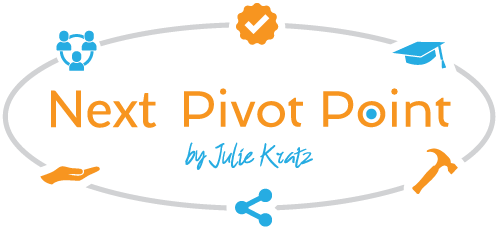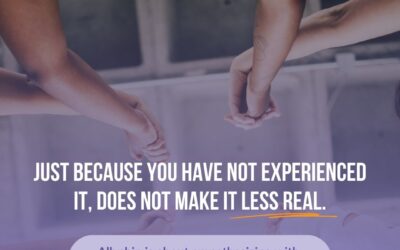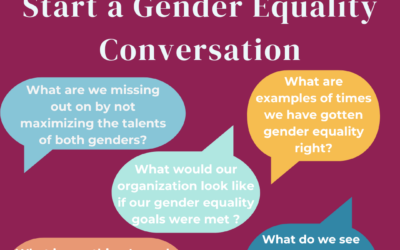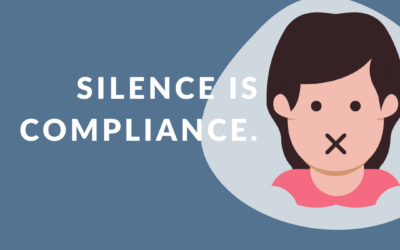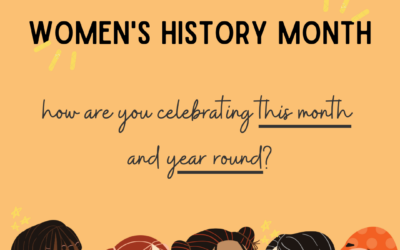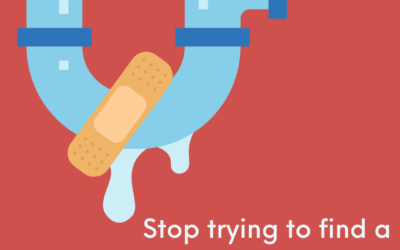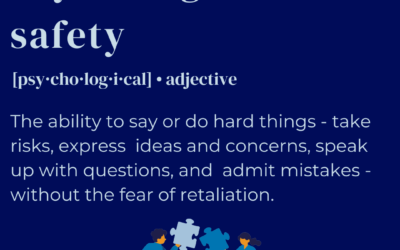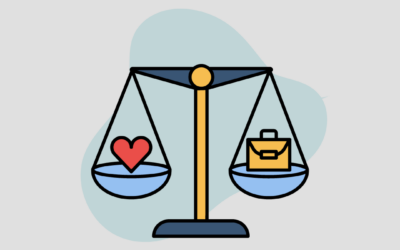LEAD LIKE AN ALLY
DIVERSITY TRAINING AND SPEAKING
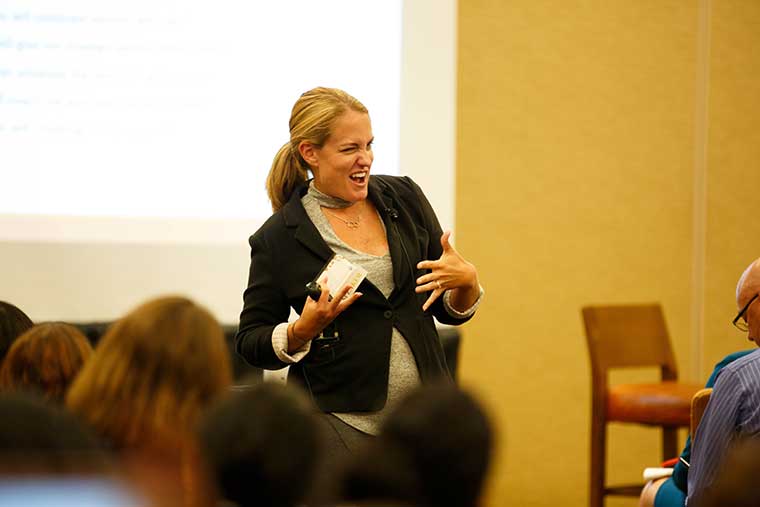 No organization has diversity and inclusion figured out. If you or your organization is curious about what to say or do right now, you are not alone.
No organization has diversity and inclusion figured out. If you or your organization is curious about what to say or do right now, you are not alone.
That is because tradtional diversity training does not work. The one size fits all or check the box approaches never worked, in fact. Some traditional diversity training has actually caused a backlash affect and contributed to negative outcomes. That is because people need an intentional set of experiences on diversity and inclusion to change their beliefs and for those beliefs to be embedded in the workplace culture. It is not done in a one-time learning vacuum.
We need all people included in the conversation on diversity and inclusion. We are stronger together as allies.
That is why we crafted a Lead Like an Ally diversity training program – available online or as live virtual courses for your organization. Ideally, courses are taught as a series and canvas topics from unconscious bias to deep dives into empathy and vulnerability skills and different dimensions of diversity from race to gender to LGBTQ+ and more.
WHAT IS AN ALLY?
Now is the time for allies. Allies are people that stand with those that are underrepresented by race, gender, sexual orientation, abilities or other dimensions of diversity. They often are well-intentioned, yet do not know what to say or do to demonstrate they are allies.
WHY DO ALLIES MATTER?
Those in the majority groups – whites, cis-gendered, men, able-bodied – can best support diversity and inclusion because of their power and privilege. This means all allies matter now more than ever to accelerate positive change. Julie provides the business case and the human case for allyship and a historical perspective on the systems of privilege that hold underrepresented people back.
WHAT DO ALLIES DO?
Allies often speak up with those that underrepresented and help everyone be seen, heard, and belong in the workplace. They amplify other’s voices and listen and learn. They may be coaches, mentors, advocates, sponsors, or challengers. Julie shares five key roles and actions allies can take to lead like an ally on race. All participants leave with a tangible commitment to take action on right away.
Being an ally is a journey, and you do not have to do it alone. Diversity training needs to be inclusive.
At Next Pivot Point, we believe in the power of allies. There has never been a better time to lead like an ally and be there for others.
ASK JULIE TO SPEAK OR TRAIN YOUR TEAM


Diversity Speaking
Julie Kratz is a highly acclaimed TEDx speaker that spent 12 year in Corporate America and 6+ years speaking about diversity. She is best known for diversity speaking on allyship and how to “Lead Like an Ally.”
Diversity Training
Julie Kratz meets teams where they are at. At Next Pivot Point, we have tools and guides to train teams to be allies for diversity and inclusion. Our diversity training teaches leaders to lead inclusively so that all people a sense of belonging in the workplace.
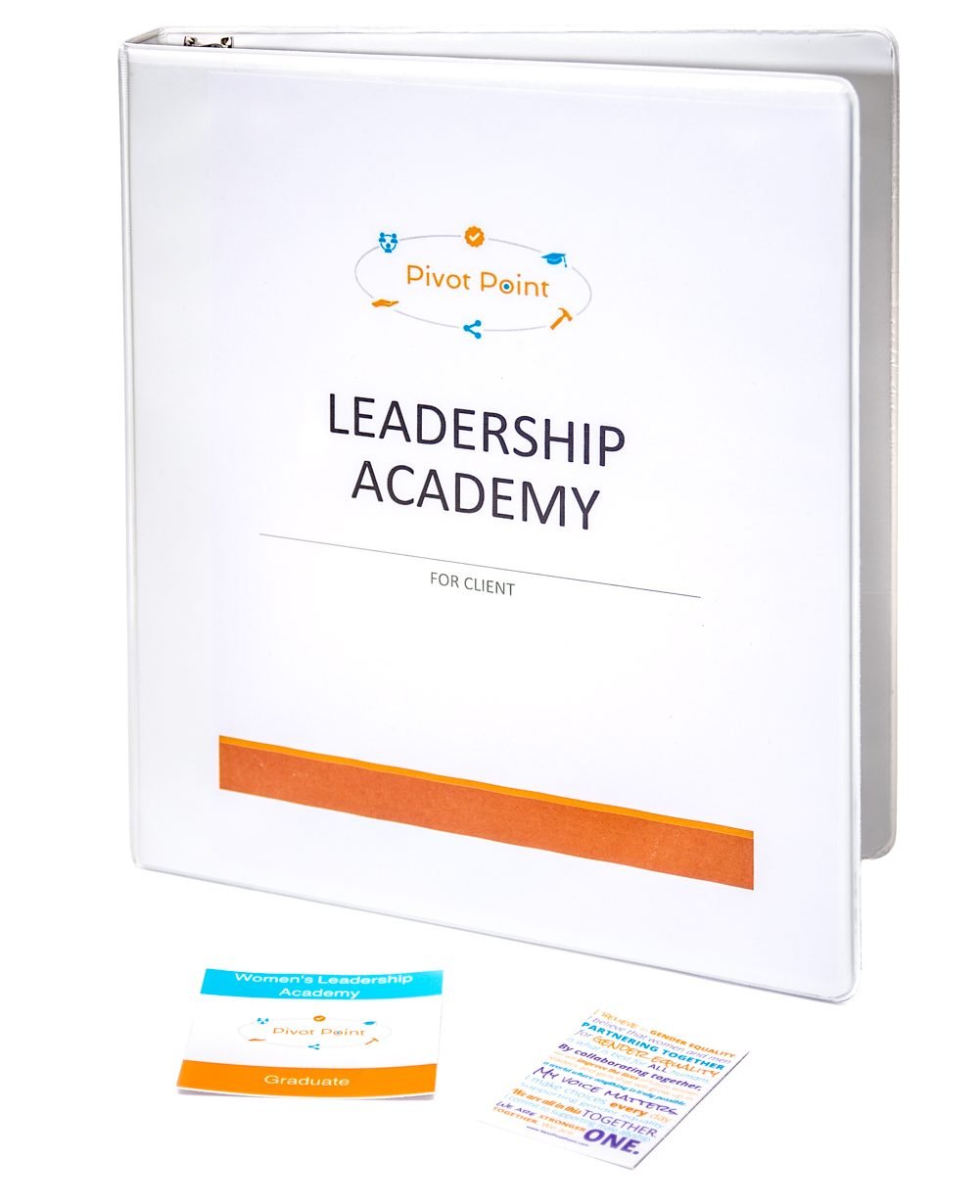
THE FIVE QUESTIONS ABOUT DIVERSITY TRAINING YOU NEED TO BE ASKING

Don’t Miss Out!
Sign up to be the first to see new thought leadership articles, videos, and online workshops about diversity training.
Allyship Bolsters The Bottom Line: How To Build A Strong Allyship Program
How can you build a strong allyship program? Research shows that in organizations where allyship is a priority, employees are 50% less likely to leave and are 56% more likely to improve their performance. Innovation rates, revenue rates and profitability rates are...
3 Ways To Be A Better Ally To People With Autism In The Workplace
April is Autism Acceptance Month Autism is one form of neurodivergence where the brain works differently than a brain that is considered typical. Autistic behaviors are on a continuum and can vary greatly from person to person. Social communication challenges, sensory...
3 Ways To Support Pay Equity As An Ally
Equal Pay Day has come and gone but how is your organization supporting pay equity year round? March 12th, 2024 was Equal Pay Day in the United States. Equal Pay Day represents the number of days women have to work into the current year just to make the same amount of...
Are Companies Quiet Quitting DEI?
Headlines may lead one to believe that companies are quiet quitting their DEI efforts, but new study tells a different story You may have seen recent headlines like these, causing you to think that support for diversity, equity and inclusion (DEI) is dwindling: DEI...
A Guide To Celebrating Inclusively For Women’s History Month
Ideas to help celebrate inclusively for Women’s History Month If you or your organization haven't yet planned a Women’s History Month celebration, there's still time. Informal programs, discussion guides and tools can help you meet aspiring allies where they are to...
The Top Three Problems Keeping Business Leaders Up At Night
The Problems Keeping Business Leaders Up At Night Economic uncertainty, talent retention and political polarization are top- of-mind for business leaders. It seems the only thing certain about business is uncertainty. Today’s leaders have to prepare for the best,...
DEI Is Not Being Cancelled, It’s Just Getting Started
DEI is Facing Backlash and Progress Ebbs and Flows When I tell people I do diversity, equity and inclusion (DEI) work, I'm usually met with an instant smile or a confused frown. The responses range from “that's actually a job?” to “the work you do is so important.”...
Safety’s Evolution Towards Psychological Safety Programming
Psychological Safety is following the path of organizational prioritization of Safety programs 20 years ago Early in my career I was responsible for employee safety at a warehouse that had over 100 employees. It was the hardest job I have ever had. Initially, I was...
Employees Crave Flexible, Accessible Workplaces, Research Shows
Employees crave flexibility and accessibility in their work environments during uncertain times According to the Qualtrics 2024 Employee Experience report, a return to core relationship skills is an emerging trend employees want to see more of in the workplace. This...
Is Your Organization Inclusive?
Groups that believe and achieve true diversity outperform those that do not.
